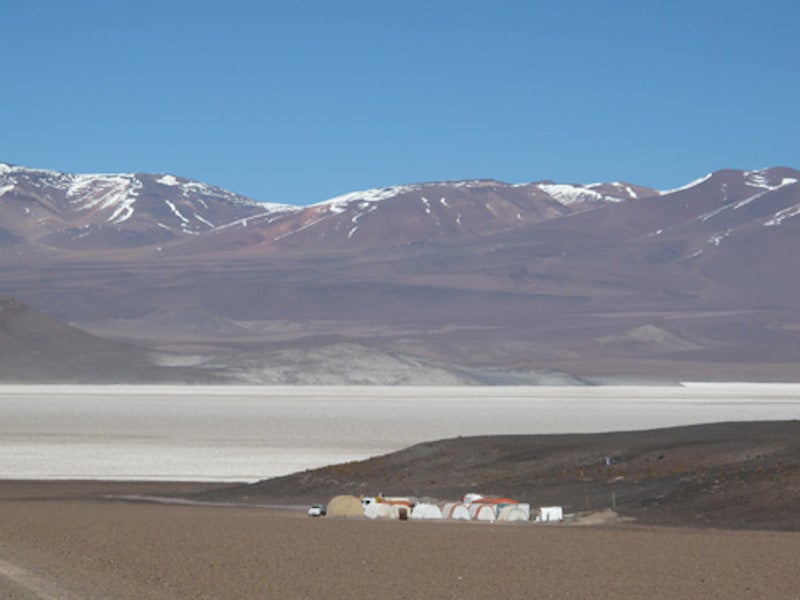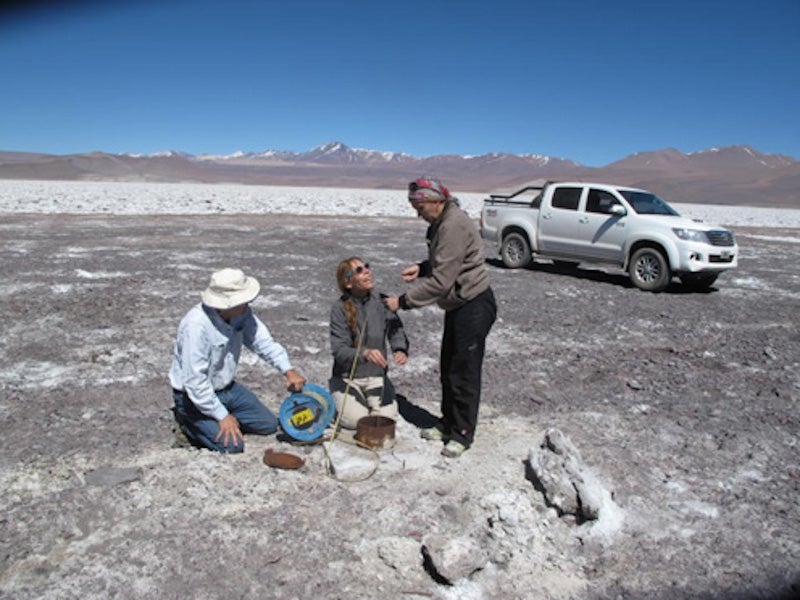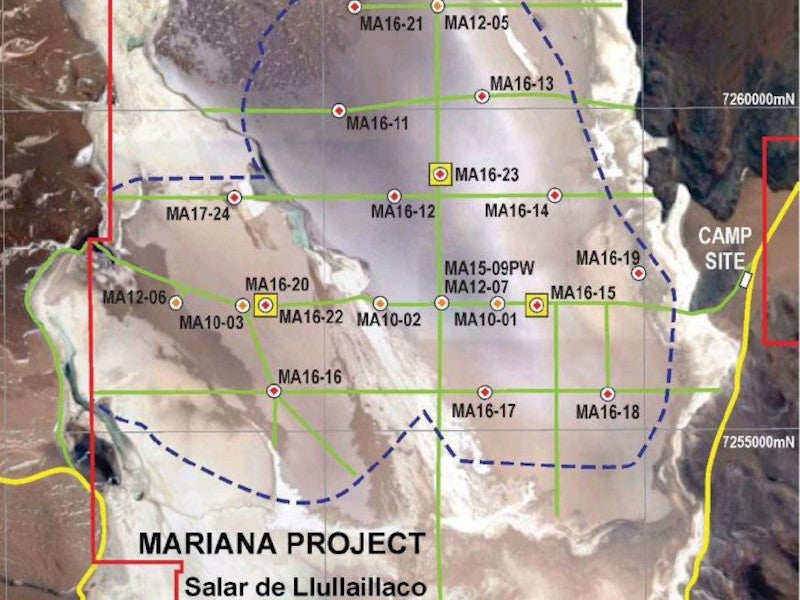The Mariana lithium project located at Salar de Llullaillaco in the Salta province of Argentina is one of the biggest lithium brine deposits in the world.
The project is owned by Litio Minera Argentina, a joint venture between Ganfeng Lithium (GFL, 86.3%) and International Lithium (ILC, 13.7%), while the latter has the option to acquire an additional 10% ownership in the project.
A preliminary economic assessment (PEA) for the project was completed in November 2018, while an updated resource estimate was released in January 2020.
With an estimated capital expenditure of £188.4m ($243m), the Mariana lithium brine project is expected to produce 10,000 tonnes (t) of lithium carbonate equivalent (LCE) and 84,000t of sulphate of potash (SOP) a year over an estimated mine life of 25 years.
Location and geology
The Mariana lithium brine project encompasses the entire 160km2 Salar de Llullaillaco mineral rich evaporate basin in the Salta province in north-west Argentina.
The project area is located approximately 25km to the east of the Chilean border along the Salta-Antofagasta Railway and approximately 290km to the west of Salta city.
The Mariana lithium brine deposit forms part of the Lithium Triangle in South America that comprises the concentrated salt bed deposits in Chile, Argentina, and Bolivia.
The Lithium Triangle is situated on the Altiplano Puna plateau that stretches for approximately 1,770km in the Andes.
It is estimated to contain up to three-fourths of the world’s total known lithium reserves.
Lithium reserves at Mariana
The Mariana lithium project is estimated to hold 2,640 gigalitres (GL) of brine containing 4.4 million tonnes (Mt) of lithium carbonate equivalent (LCE) and 26Mt of potash in measured and indicated resources.
The inferred resources are estimated to be 786,000t of LCE and 4.8Mt of potash.
Brine extraction and processing
The Mariana lithium project is a conventional salar brine deposit. The brine from the permeable aquifers will be pumped into storage ponds on the surface. The extracted brine will be concentrated in the storage ponds through natural solar evaporation.
The concentrated brine will be processed to recover economic elements including lithium, potassium, and boron.
The brines within the aquifers will be replenished through water inflow from springs surrounding the salt flat.
Infrastructure facilities
The Mariana project site can be accessed from the city of Salta through San Antonio de Los Cobres via the paved National Highway 51 and the provincial road Ruta Provincial 27 that runs from Cauchari Station through Pocitos to Tolar Grande.
Since there is no power grid connection to the project site, the electricity requirement will be met through diesel-powered generators on site.
The exclusive freshwater drilling program was conducted within the boundary of the property in order to identify the viable sources of freshwater.
Other infrastructure facilities for the project will include a permanent camp for accommodating up to 40 people, workshop, administrative office, an analytical laboratory, fuel dispensers, and storage facilities.
Contractors involved
Australia-based Geos Mining Minerals Consultants (Geos) provided an independent lithium brine resource estimate for the Mariana lithium project in January 2020.
The preliminary economic assessment (PEA) for the project was conducted by Advisian, a division of the Worley Parsons Group in 2018.
Golder Associates was engaged for a draft feasibility study (FS) for the project in 2019.





